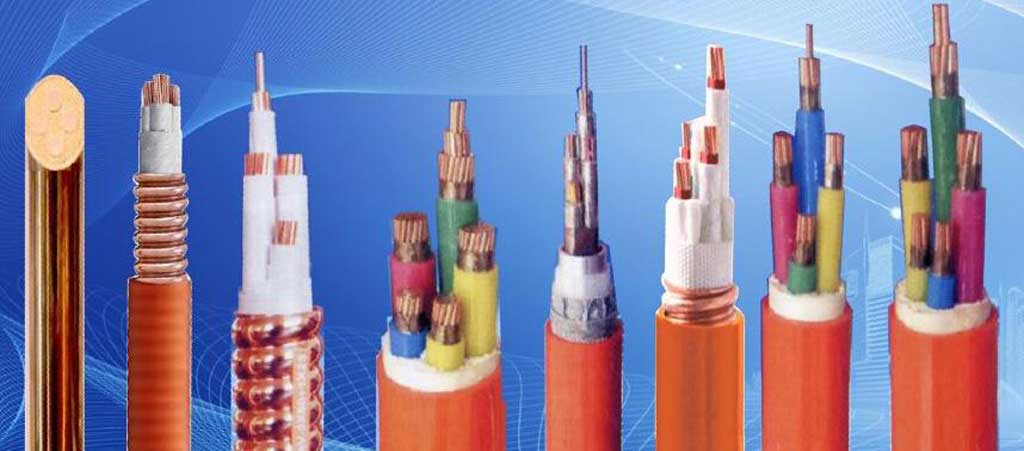
The structure and materials of fire-resistant flexible mineral insulated cables are also different from those of flame-retardant cables.
The basic structure of flame retardant cable is as follows:
1. The insulating layer is made of flame-retardant materials.
2. The sheath and outer sheath are made of flame-retardant materials.
3. The packaging and filling should use flame-retardant materials.
The whole of the flexible mineral insulated cable(micc cable) is made of inorganic materials, and the integral fireproof cable will not burn or delay burning. And can withstand flames. Tests show that the cable runs normally after being burned at 800-900°C for 2 hours, and remains intact after being burned at 1000°C for 30 minutes, and continues to run normally. The normal working temperature is generally 250℃, and the operation is safe and reliable.
The advantages of high-current copper cables:
1. Low resistivity: the resistivity of aluminum cables is about 1.68 times that of copper cables.
2. Good ductility: the ductility of copper alloy is 20-40 points, the ductility of electric copper is more than 30 points, and the ductility of aluminum alloy is only 18 points.
3. High strength: the allowable stress at room temperature is 7 to 28 points higher than that of aluminum. Especially the stress at high temperature, there is a big difference between the two.
4. Labor resistance: aluminum is easy to break when repeatedly bent, while copper is not easy. In terms of elasticity index, copper is also about 1.7 to 1.8 times higher than aluminum.
5. Good stability and corrosion resistance: the copper wire is resistant to chemical corrosion, and the aluminum wire is easy to oxidize and corrode.
During the extrusion process, the plastic contained in the hopper enters the barrel by gravity or the feeding screw, and is driven by the rotating screw, from the preheating section to the homogenization section. At the same time, the plastic is extruded by the screw. The external heat of the barrel and the shear friction between the plastic and the equipment transform into a viscous state, forming a continuous and uniform material flow in the screw groove. Under the action of the temperature specified in the process, the plastic is transformed from a solid state to a molten plastic object, and then the completely plasticized plastic is pushed into the machine head by pushing or stirring the screw, the material flow reaching the die head passes through the core and the mold sleeve. The annular gap is extruded from the die sleeve opening and extruded around the conductor or core to form a continuous and dense insulating layer or sheath layer, which is then cooled and solidified to produce wire and cable products.
According to the system of photovoltaic power station, cables can be divided into DC cables and AC cables, which are divided into the following categories according to different uses and environments: DC cables (1) Series cables between components. (2) Parallel cables between strings and between strings and DC distribution boxes (junction boxes). (3) The cable between the DC distribution box and the inverter. The above cables are all DC cables, which are laid outdoors and need to be protected against moisture, sun, cold, heat and ultraviolet rays. In some special environments, chemicals such as acids and bases need to be protected.
